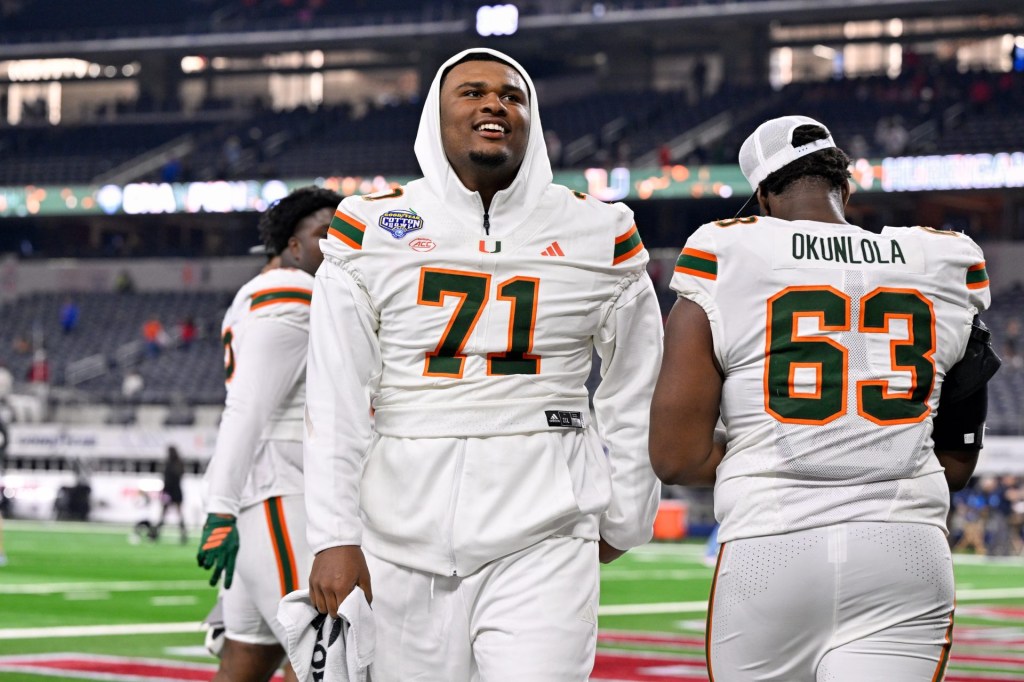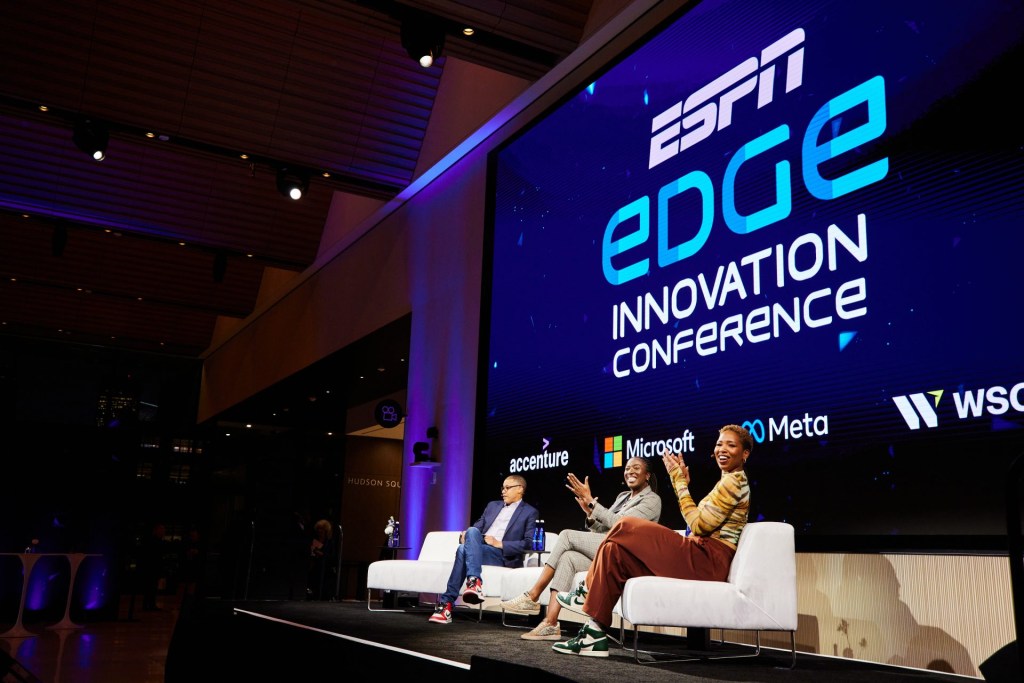Teams will arrive at one of five hotels in Indianapolis connected to the convention center. They will have tested negative seven consecutive times and traveled, masked and distanced, by bus or plane.
They’ll isolate and start daily PCR testing — and once they’ve been approved to leave quarantine, the dance begins.
On the Court
To get to practice, teams will travel through the skywalk to the Indianapolis Convention Center, which includes a ballroom-turned-practice court, weight training areas, and sectioned-off meeting spaces, CEO of Visit Indy Leonard Hoops told FOS.
On game day, buses will take athletes to one of the six arenas, two of which require commutes of up to an hour.
When they’re practicing and playing, they’ll wear contact tracing devices that track who comes within 6 feet.
Up to 25% of the stands can be filled with fans.
Off the Court
After a tough practice or exciting win, what exactly will teams eat? Especially those who make it deep in the tournament. “You’re going to be here for nearly a month. You need a little variety,” Hoops said.
At least two meals must be from a rotating menu of hotel food, from smoothies to chicken, Ray said. Organizers are also assembling a menu of about 80 local restaurants from which teams can order delivery for their third meal.
Vaughn explained that if anyone in the bubble needs supplies from the outside — a toothbrush for a player, or a bottle of wine for a coach — a small army of volunteers will coordinate buying and delivering extra items.
Perhaps a hole in the NCAA’s airlock could come from hotel staff.
While athletes and team personnel remain sequestered in a tight semi-bubble, hotel staff will come and go using a screening protocol that doesn’t involve testing, Ray said. They’ll attempt a complicated dance of cooking, cleaning, and running hotels while trying to avoid contact with teams.

















